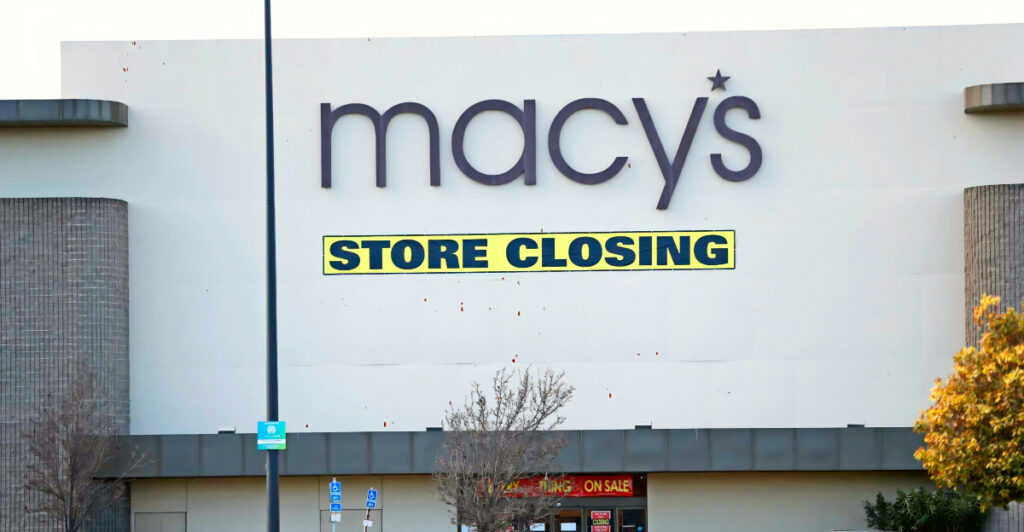
Macy’s proposal to close down 150 of its flagship stores by 2027 is sending shockwaves through the American retail and real estate sectors. Once a retail giant in suburban economic development and mall culture, Macy’s now focuses on upscale brands, such as Bloomingdale’s and Bluemercury.
The company cited that the closures aim to modernize their operations, improve customers’ experience, and ensure their long-term success in a rapidly changing retail environment. But the implications are catastrophic, impacting stores across 21 states.
Neighborhoods across the country can expect economic downturns as anchor stores begin to close their doors. These closures not only strangulate retail traffic but also devalue property, increase unemployment, and feed a new trend: the retail desert. Let’s take a look at the multifaceted effects of Macy’s intentional exodus.
The Retail Exodus
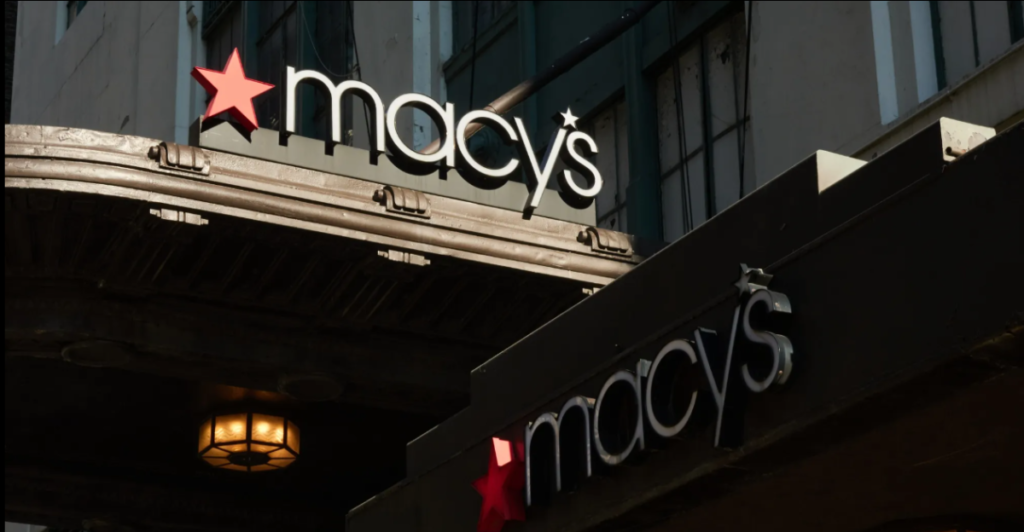
Macy’s decision to close 150 stores is not a typical example of corporate cost-cutting; it is an indicator of the geographical shift in American consumer habits. These closures are just one piece of a broader trend in which older retailers simply cannot keep up with internet giants and shifting consumer patterns.
This latest round of closures is estimated to affect 30 million square feet of commercial space. The question is not just what happens to Macy’s but also what becomes of the surrounding ecosystems that relied on this retail giant.
The Rise of Retail Deserts
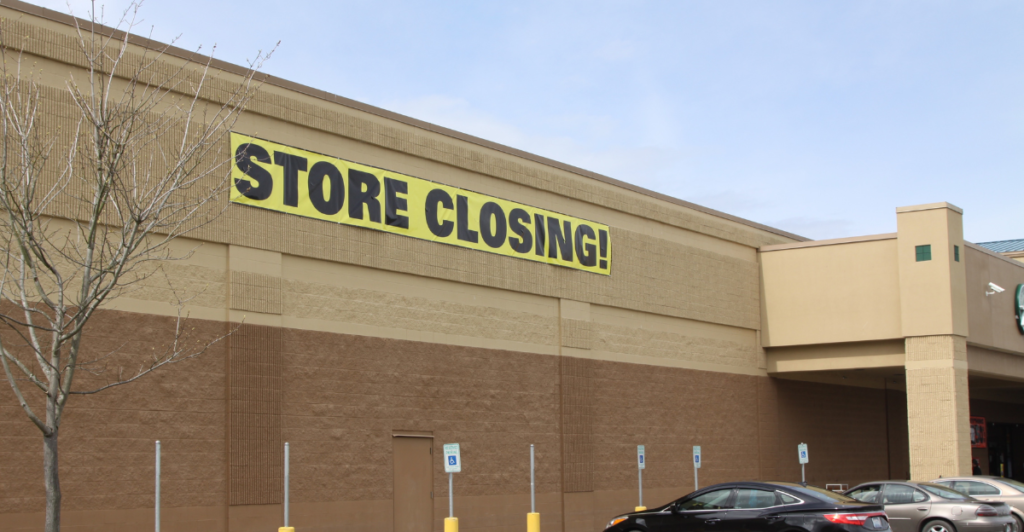
The closure of Macy’s stores is part of a troubling trend: the emergence of retail deserts in rural and suburban America. Similar to food deserts, these are neighborhoods where residents struggle to access basic products.
For example, when Macy’s departs a mall, smaller tenants typically fold as well. Foot traffic plummets, consumers must now drive further to purchase essentials, and, as stores close, local tax revenues decline, leading to municipal budget cuts.
It is an economic horror story. The vacant space left by Macy’s is a black hole for both surrounding businesses and communities.
Ripple Effects on Real Estate
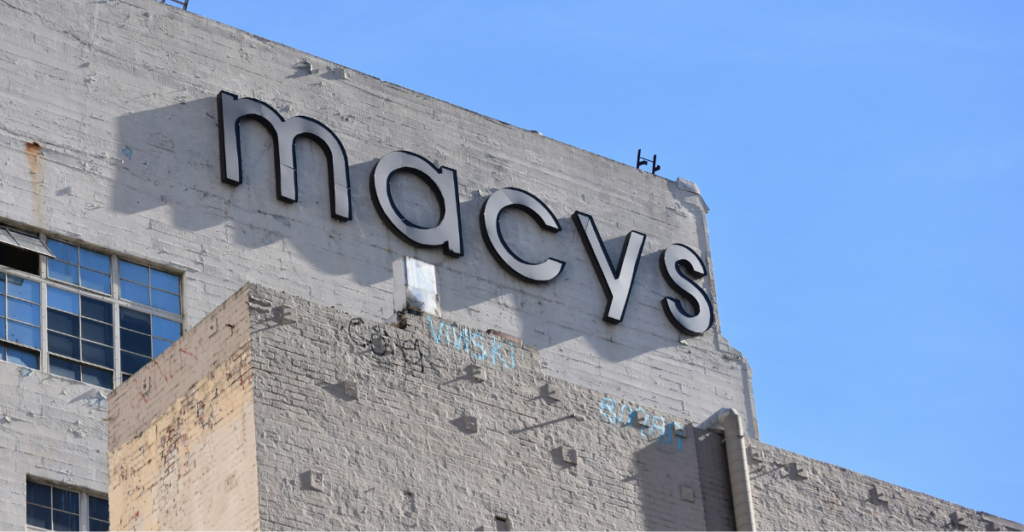
When Macy’s departs the commercial properties, local real estate values begin to fall. Anchor stores make or break a mall’s value, and when they leave, vacancy rates soar and investment declines.
According to a Fast Company report, Macy’s is seeking to raise $750 million from the sale of properties. However, the sales may be at a discounted rate as their stores are too large for single tenants and too expensive to reconvert.
Homeowners in the surrounding neighborhoods, meanwhile, see their property values decrease, not due to crime or schools, but due to a loss of neighborhood commerce and vitality.
The Luxury Pivot
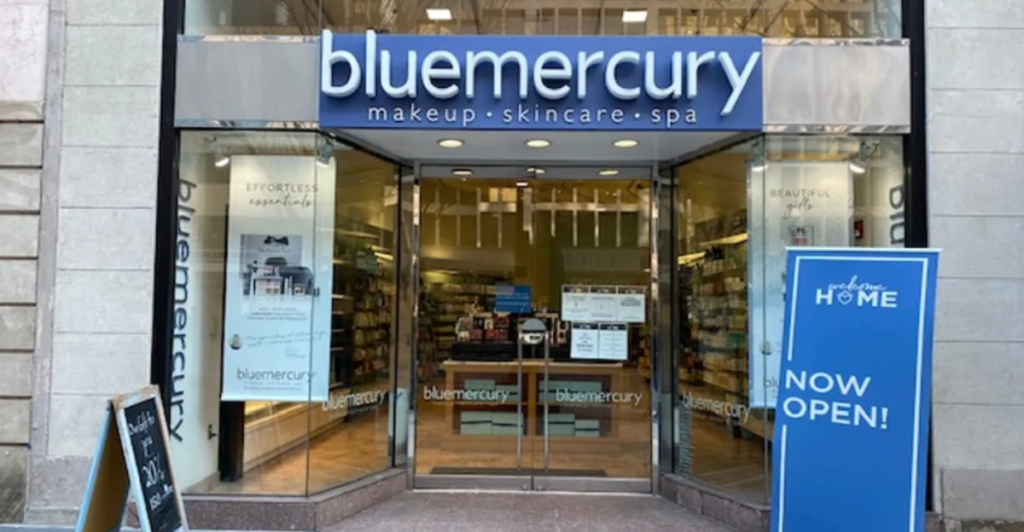
Additionally, Macy’s is pivoting, but not in a way that benefits all. Its focus is on expanding higher-end chains, such as Bloomingdale’s and Bluemercury, moving away from the middle-class customer base that once propelled its growth.
It is a gentrification of sorts for retail, trading aspirational brand appeal for functional accessibility. Shareholders might celebrate the change, but this tactic widens socioeconomic divides.
The same communities that are losing Macy’s will not start buying from Bloomingdale’s, creating a two-track economy in which richer urban centers receive capital and poorer or rural communities are left in an economic suspended animation. The result is amplified geographic inequality.
The Digital Transformation
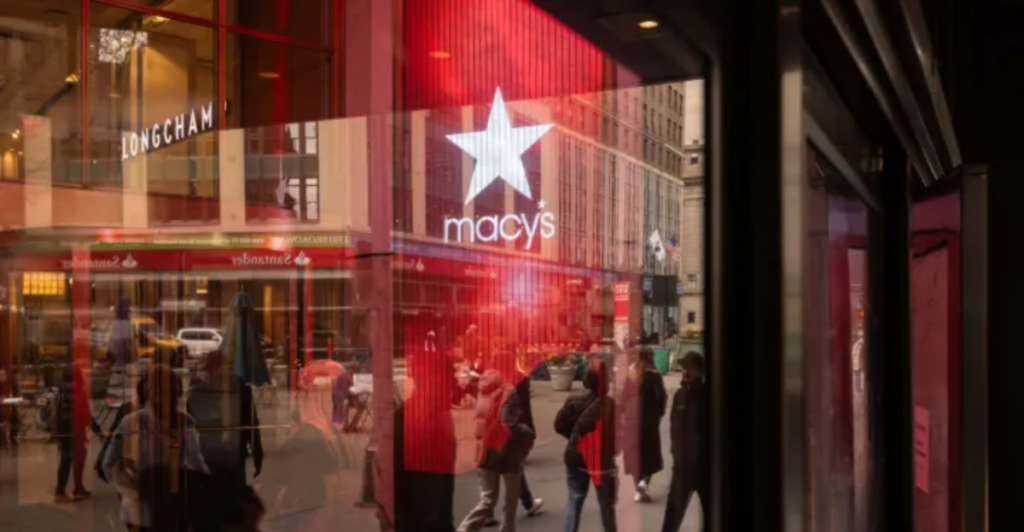
Macy’s store closures underscore the irreversible shift toward digital commerce. As more Americans shop online, physical retail spaces become obsolete.
Macy’s is not the only one that has made a transition; Target, Walmart, and Nordstrom have begun investing in e-commerce platforms. But the digital revolution leaves behind some consumer demographics—older adults, those without internet access, and technophobic individuals. To them, Macy’s was more than a department store, it was a service hub.
As brick-and-mortar stores vanish, the digital divide widens. This is not a mere inconvenience; it’s economic disenfranchisement. Without inclusive transition strategies, digital transformation will amplify retail and economic inequality nationwide.
Community Impact
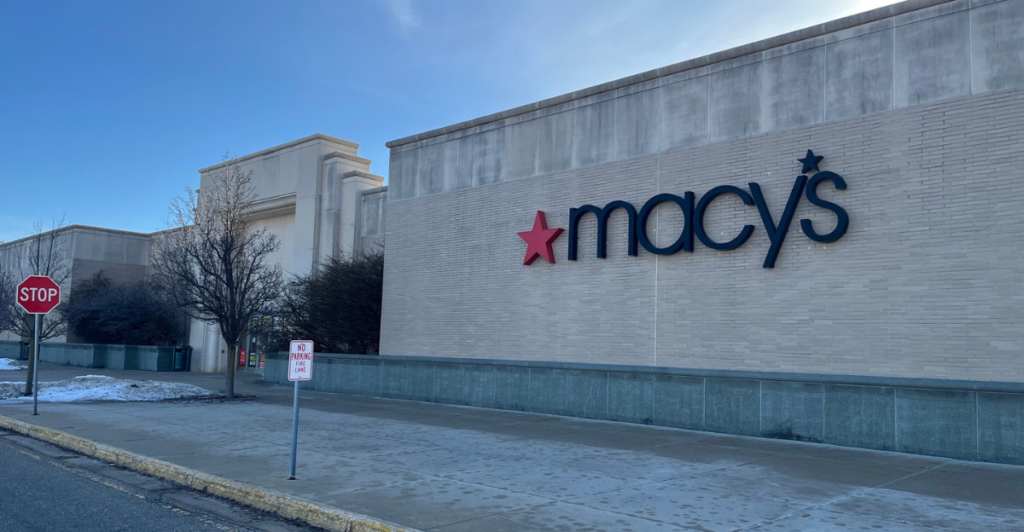
Aside from economics, Macy’s store closures strike at the heart of American communities. In small towns nationwide, Macy’s wasn’t just a department store—it was a source of civic pride, providing seasonal jobs and a backdrop to holiday traditions. Its closures will echo beyond their balance sheets into community culture and morale.
Further, former employees may end up unemployed for months as they look for work in sluggish markets, while surrounding small businesses miss crucial traffic. Not to mention that local governments will struggle to replace the tax base that Macy’s created.
With fewer civic gathering spaces to shop and visit, there is less civic engagement. A closed Macy’s is a beacon of stagnation, a reminder that once thriving areas feel bypassed by larger economic trends.
Adaptive Reuse Opportunities
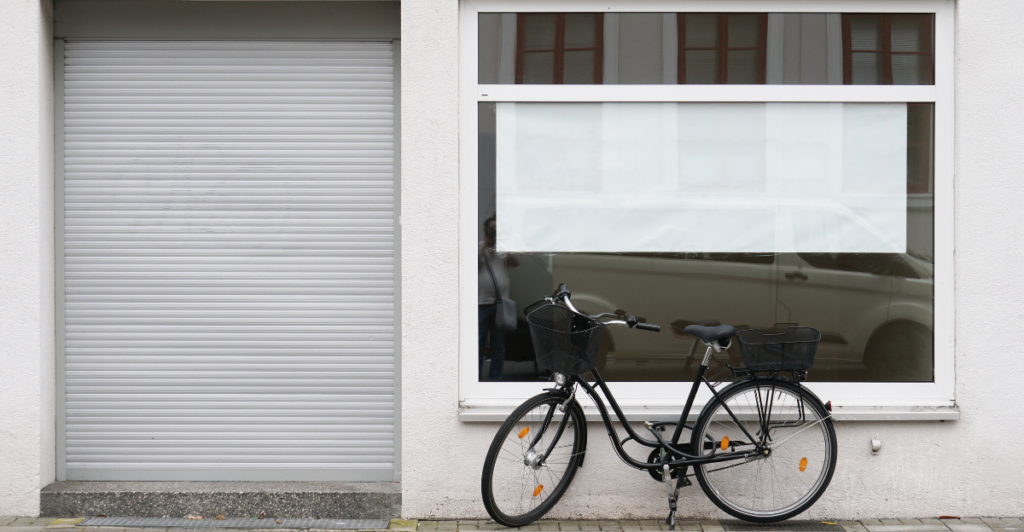
Despite the dismal prognosis, Macy’s closings offer a rare opportunity for adaptive reuse. Cities and developers have begun to imagine these vast spaces as medical centers, community colleges, fulfillment centers, or homes.
For example, in Ohio, a closed-down Macy’s was converted into a satellite health center, and in Georgia, another was transformed into a tech startup incubator.
However, such transformations require vision, capital, and time. Public-private partnerships are essential in repurposing these spaces quickly enough to prevent economic decline.
Local Governments’ Role
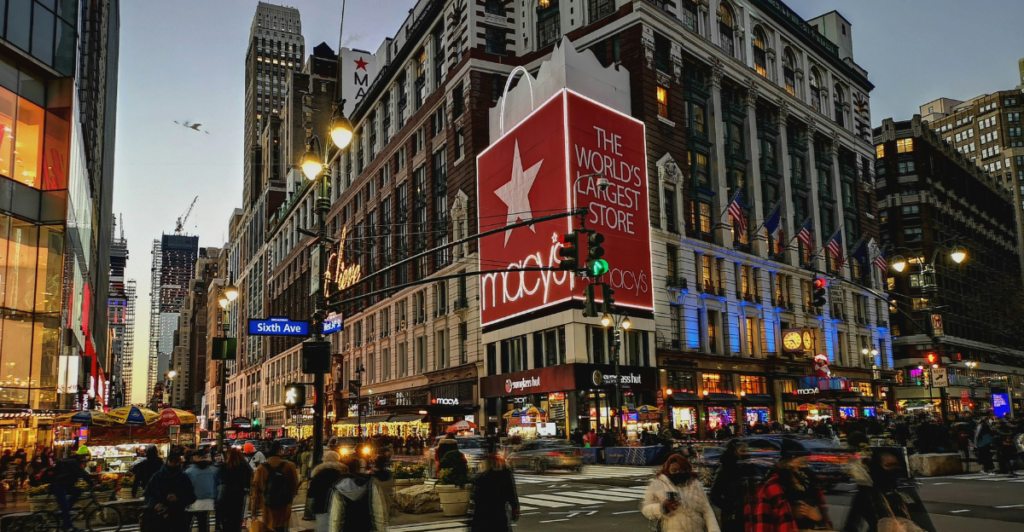
Local governments are pivotal in cushioning the blow of Macy’s retreat. For example, some are offering tax incentives to attract new tenants or proposing rezoning ordinances that allow for diversified land use. While others are already feeling the budget constraints compounded by retail flight.
One solution is to access federal redevelopment grants or partner with nonprofits to explore innovative ways to repurpose these spaces. Planning ahead may be the key to avoiding economic devastation.
Those who act quickly can transform this crisis into a catalyst for renewal. At the same time, those who procrastinate will have empty buildings that serve as safe havens for crime, vandalism, and further disinvestment.
The Future of Malls
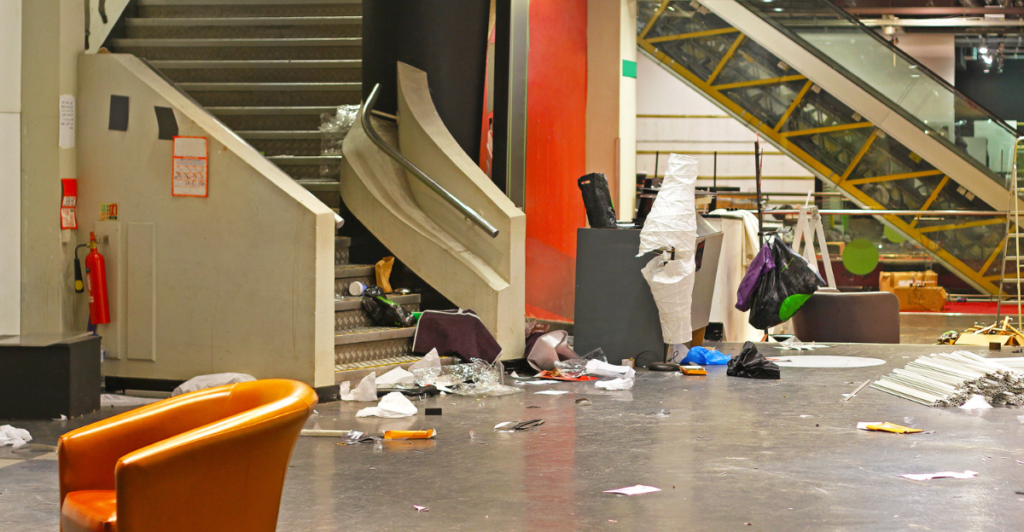
Since Macy’s was an anchor tenant, bringing traffic to other tenants, its downfall may very well be the end of an era for traditional shopping malls. Former temples of consumerism, malls have seen a major decline in traffic over the last decade as e-commerce becomes more accessible and popular.
To increase traffic, some malls are adopting the “experience retail” strategy by adding trampoline parks, escape rooms, or even microbrews to stay afloat. Others are being torn down altogether and are rebuilt as mixed-use developments with apartments, offices, and parks.
The American mall of yore is vanishing. What rises from the ashes depends on how innovative developers can be with the property.
Economic Disparities
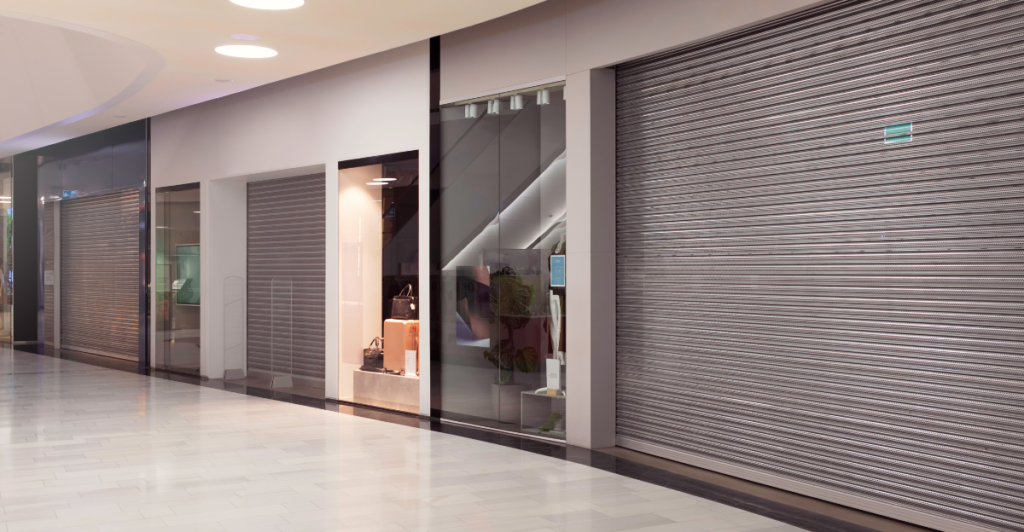
Selective store closures by Macy’s widen existing economic fault lines. In more upscale, urban locations, there may be reinvestment or high-end rebranding, while lower-income, rural locations are simply abandoned.
This trend is a predictable pattern in American economics—when retail in high-income zip codes is upgraded, it declines in economically distressed regions. It’s not simply a matter of consumer access—it’s a matter of who gets economic opportunity.
Without intervention, these closures can solidify a fractured economy where prosperity and ruin coexist, and America’s retail landscape is redefining its borders by class.
Threats to Employment

Macy’s store closures affect thousands of jobs, many of which are held by part-time workers, women, and minorities. Retail work is often seen as low-skilled, but to many, it’s a lifeline—providing flexible schedules, supplemental pay, and critical work experience.
Laid-off employees are now faced with slim pickings in labor markets already stripped bare by automation and offshoring. Further, transition initiatives like job retraining or small business grants are underfunded or nonexistent in many areas.
So, while Macy’s can survive these closures, its employees will pay the price. Without systemic economic support, these employees will become collateral damage in the retail sector’s digital revolution.
Environmental Considerations
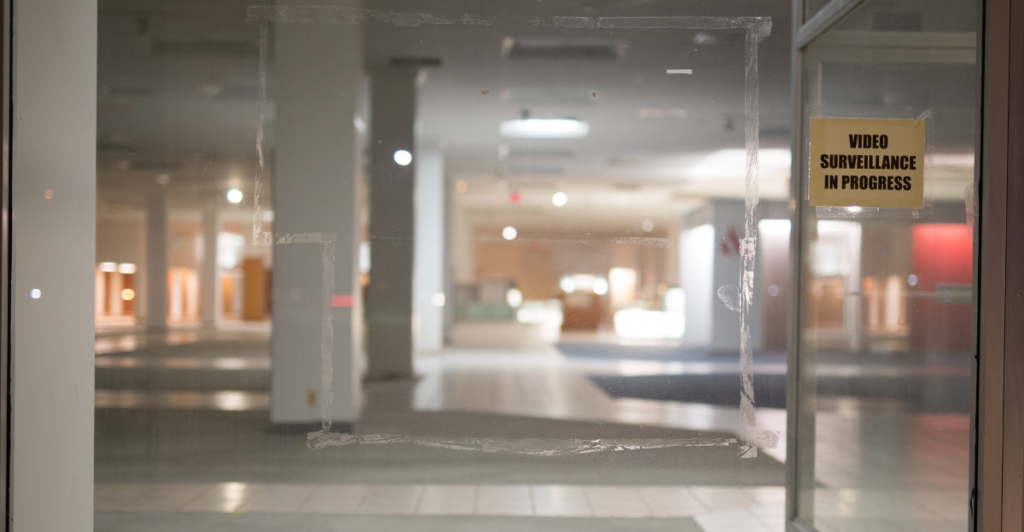
Empty department stores are more than eyesores—they’re environmental hazards. Large structures use vast amounts of energy, even when unoccupied, and often contain asbestos, outdated HVAC systems, and noncompliant infrastructure. Vacant parking lots also generate urban heat islands, compromising climate resilience in affected communities.
Adaptive reuse offers a green alternative, reusing existing materials rather than demolishing buildings. Yet, many towns lack the budget for such redevelopment. As Macy’s closes their doors, the U.S. is faced with a new frontier of sustainable urban development: How do we repurpose 20th-century retail dinosaurs as 21st-century green assets?
Consumer Behavior Shifts
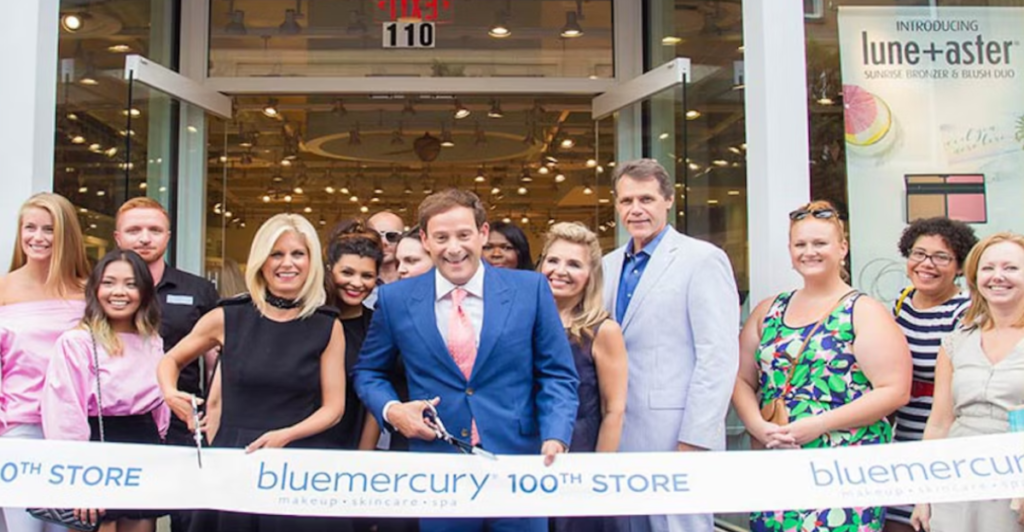
Macy’s store closures reflect broader changes in consumer expectations. Consumers today expect convenience, speed, and personalization—attributes that online retailers offer in abundance and that physical stores cannot keep up with.
Macy’s once relied on spectacle—holiday window displays, store exclusives, and parades. Younger shoppers, however, are less department-store loyal and more likely to want to carefully curate their shopping experience.
As this becomes the norm, legacy retailers must wonder: Do we sell nostalgia or modernize? Macy’s appears to have bet on the latter, which has cost its legacy footprint greatly.
The Role of Technology
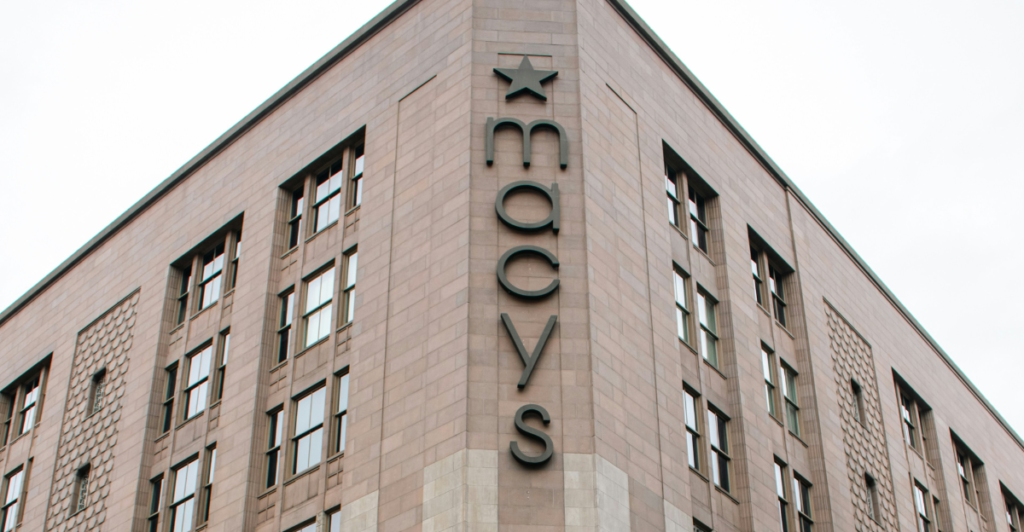
Technology has both driven and bewildered Macy’s transformation. While innovative supply chain analytics and artificial intelligence-driven customer service allow the company to refine operations, this technology often comes with unemployment, greater surveillance, and impersonalized shopping experiences.
Macy’s investment in digital technology—virtual dressing rooms and inventory projections—is intended to enhance customer experience, but its execution has been inconsistent and is often only available in flagship stores.
As technology reshapes retail, it risks channeling resources into the locations with the greatest returns, exacerbating the city-countryside gap. Whether technology democratizes or polarizes retail opportunities is still unclear.
Impact on Small Businesses
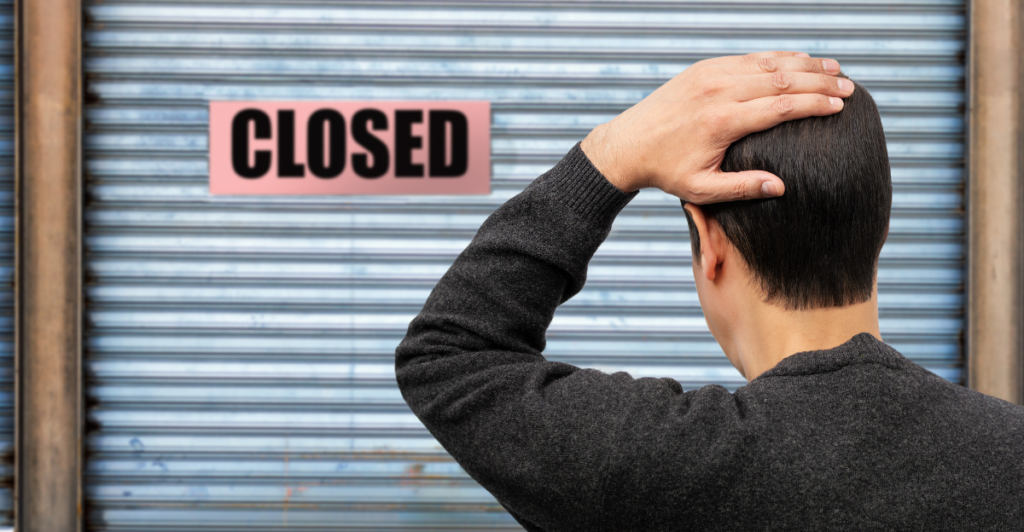
Smaller businesses close to Macy’s stores often rely on its popularity to stay in business. A thriving Macy’s means more traffic at the mall, more browsing, and more impulse buying at stores in close proximity.
When that traffic is gone, the ripple effect is immediate and ruthless. Florists, shoe repair stores, and local cafes often have their sales reduced by half. And this doesn’t just affect another retail company; it affects families, livelihoods, and legacies.
Some entrepreneurs are trying to transition onto e-commerce platforms or pop-ups, but the success is subjective. Without a unified approach to subsidizing local retail spaces, Macy’s store closures could accelerate the hollowing out of America’s entrepreneurial base.
Transportation and Accessibility
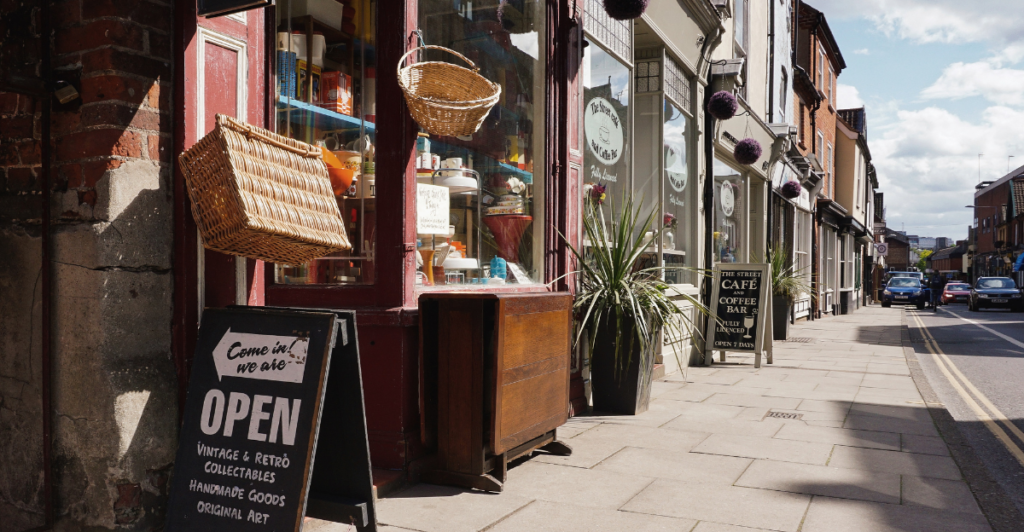
Removing Macy’s from retail hubs changes how people move through their cities. Malls were designed with Macy’s at the hub, often within reach by public transportation or major highways. Those routes have now become outdated.
Consumers who own private vehicles may not be able to reach new retail centers, especially where service is poor. This loss also affects the elderly and disabled, who patronized Macy’s not just to shop but for convenient facilities like ramps, spacious aisles, and elevators.
Historical Echoes
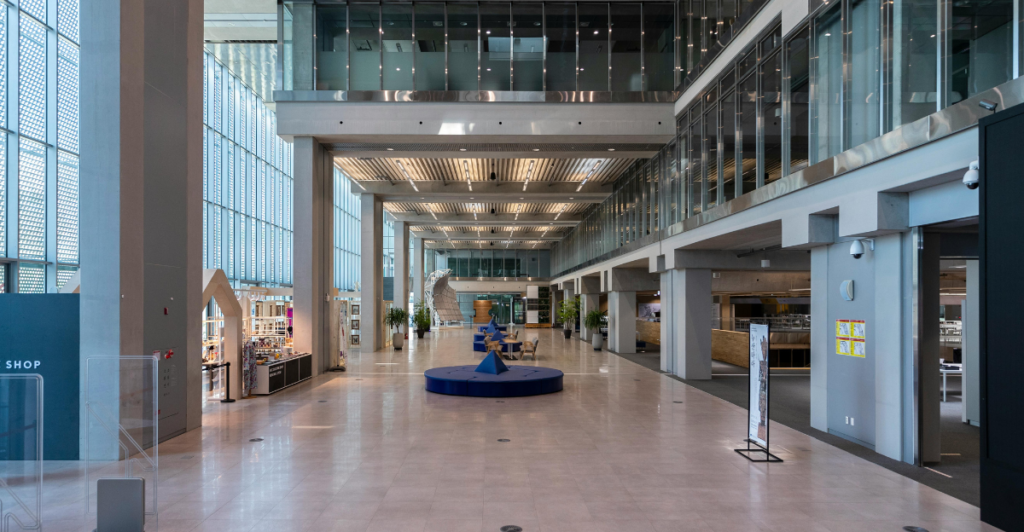
Macy’s demise is an echo of post-industrial America’s decline in factory towns. While the closure of factories devastated Rust Belt cities, Macy’s exit threatens retail-based communities. In both cases, the institutions were employers, yes, but also social anchors.
Their disappearance triggers economic decline, population decline, and cultural decay. The parallels are stunning: abandoned factories are now hubs for tech; can abandoned Macy’s be repurposed as data centers or maker spaces?
If the past tells us anything, these store closures might inspire reinvention. Otherwise, they’ll be just another chapter in America’s protracted retreat from its middle class.
Eliminating Dead Weight
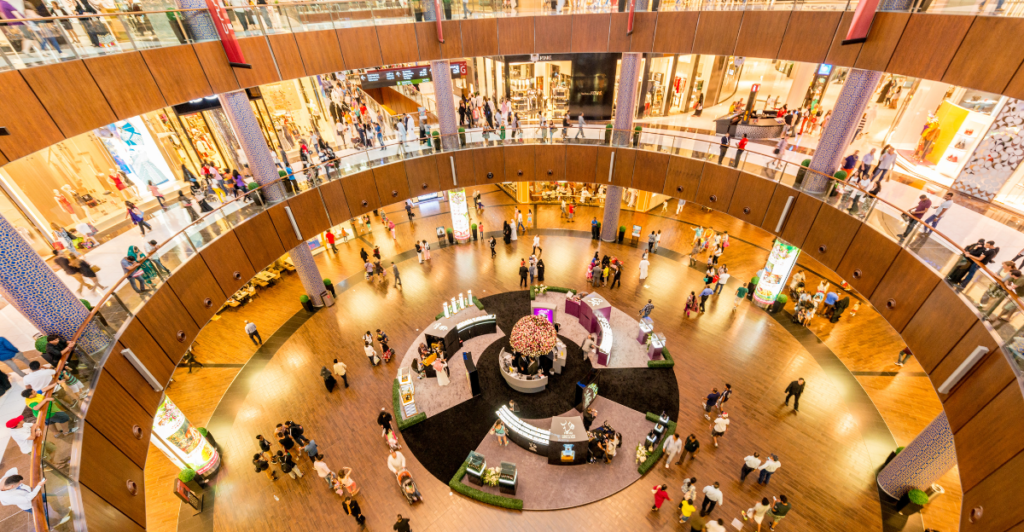
Some economists argue that Macy’s store closures are a net gain, eliminating dead weight from a saturated retail industry. Through cutting inefficiencies, Macy’s can emerge as a leaner and more competitive brand, potentially saving itself from bankruptcy.
Others assert the store closures will drive entrepreneurial development, making room for local entrepreneurs or niche markets. However, this optimism ignores the effect on vulnerable communities.
While theoretically sound, these arguments ignore the rural communities whose towns will be stripped of their major economic and social hubs. It’s true that capitalism requires churn, but churn without safety nets brings ruin, not renewal.
International Comparisons

The U.S. is not unique in facing retail disruption. In the UK, department store chain Debenhams collapsed, leaving dozens of malls in disarray. In Canada, Hudson’s Bay is downsizing. However, some countries have navigated these shifts more successfully.
In Germany, old shopping centers are being repurposed as co-working villages and city-center farms. In South Korea, smart zoning makes reuse instantaneous. The distinction is planning. While America looks to crisis, others have planned for transformation.
A Nation Redrawn

Macy’s store closures are not merely a corporate story—they reflect the technological age and the uneven geography of American success. What was once representative of middle-class solidity is now a casualty of economic change.
The cost is expensive: increased unemployment, dwindling towns, undervalued real estate, and widening inequality. But a crisis contains opportunity.
If stakeholders—governments, developers, technologists, and communities—act fast and cleverly, Macy’s era might be succeeded by a new one of shared prosperity. If not, expect to see a landscape dotted with retail deserts and the social complexities that they bring.
Discover more trending stories and Follow us to keep inspiration flowing to your feed!

Craving more home and lifestyle inspiration? Hit Follow to keep the creativity flowing, and let us know your thoughts in the comments below!
